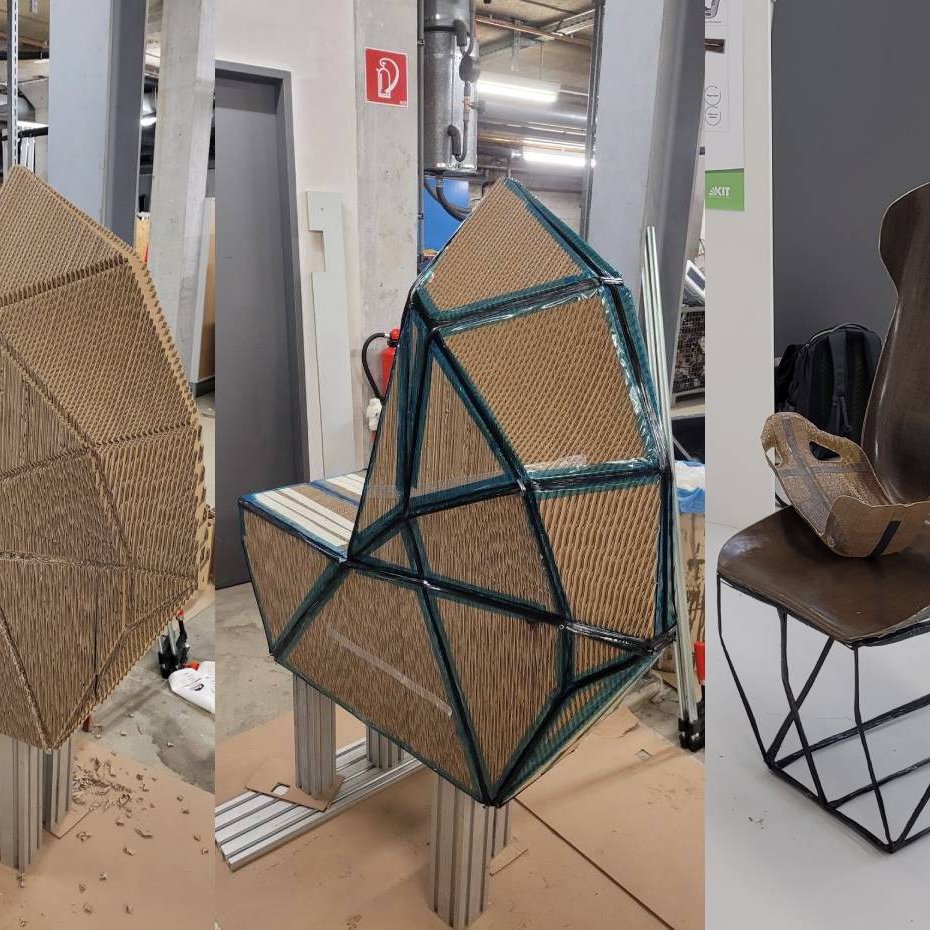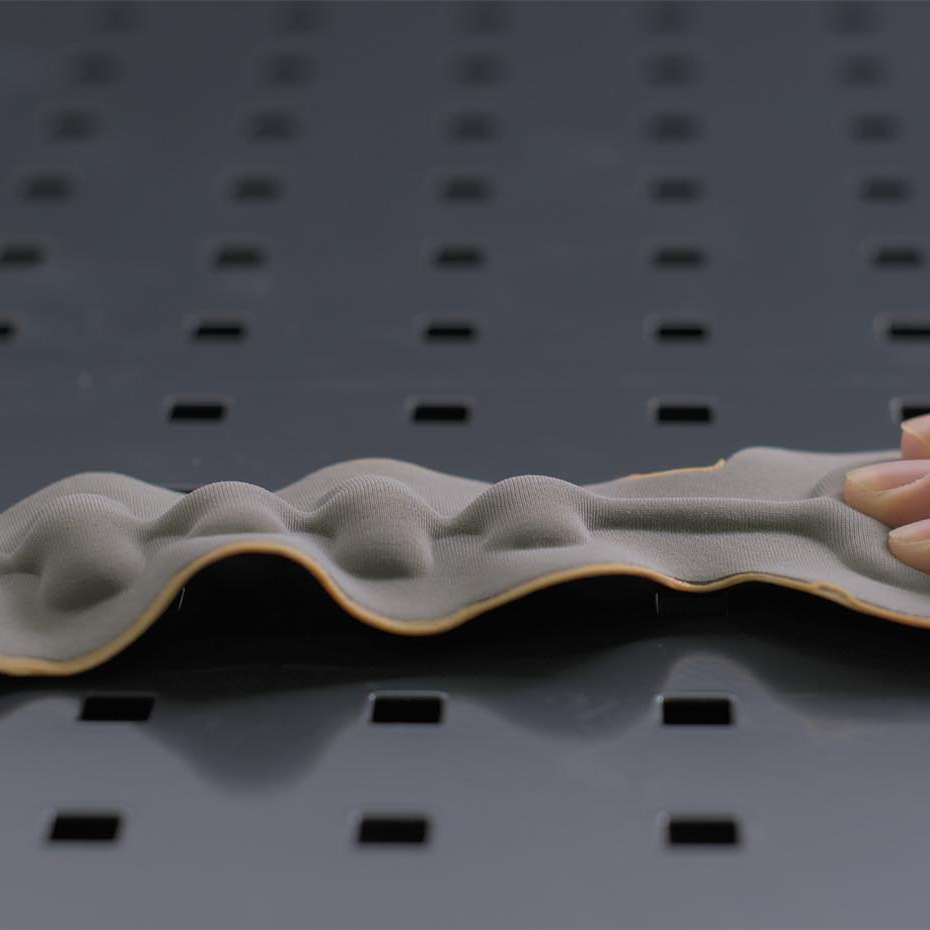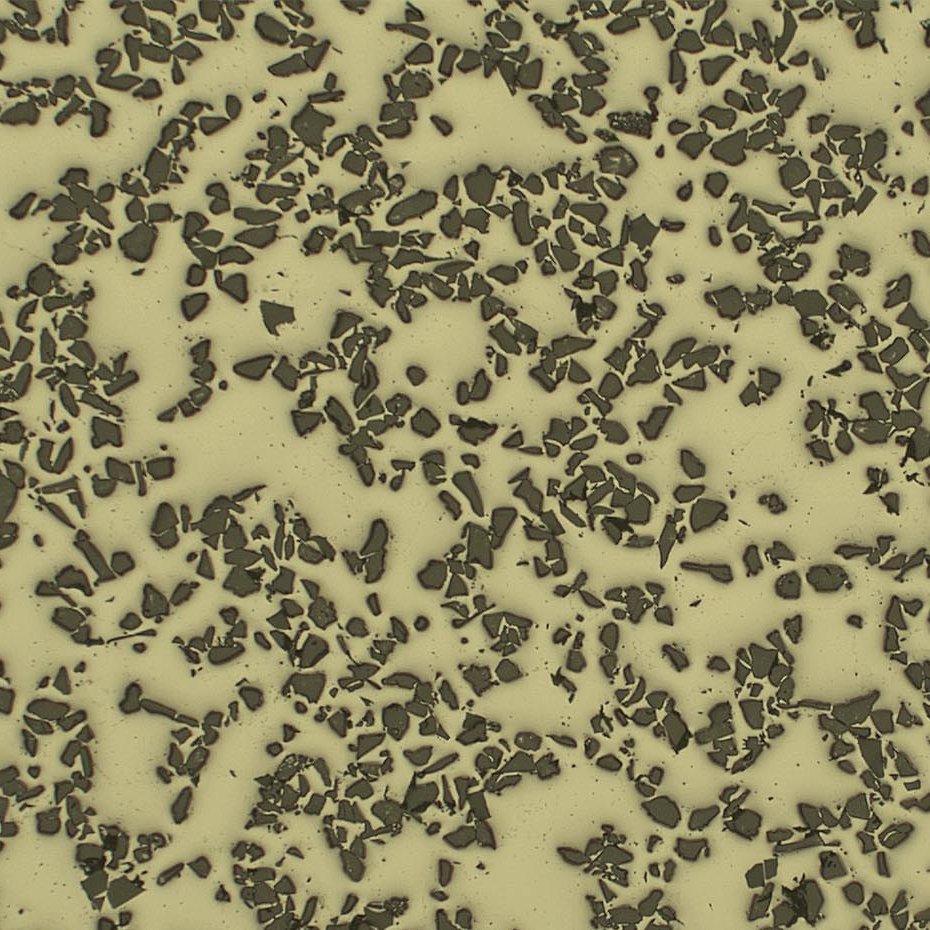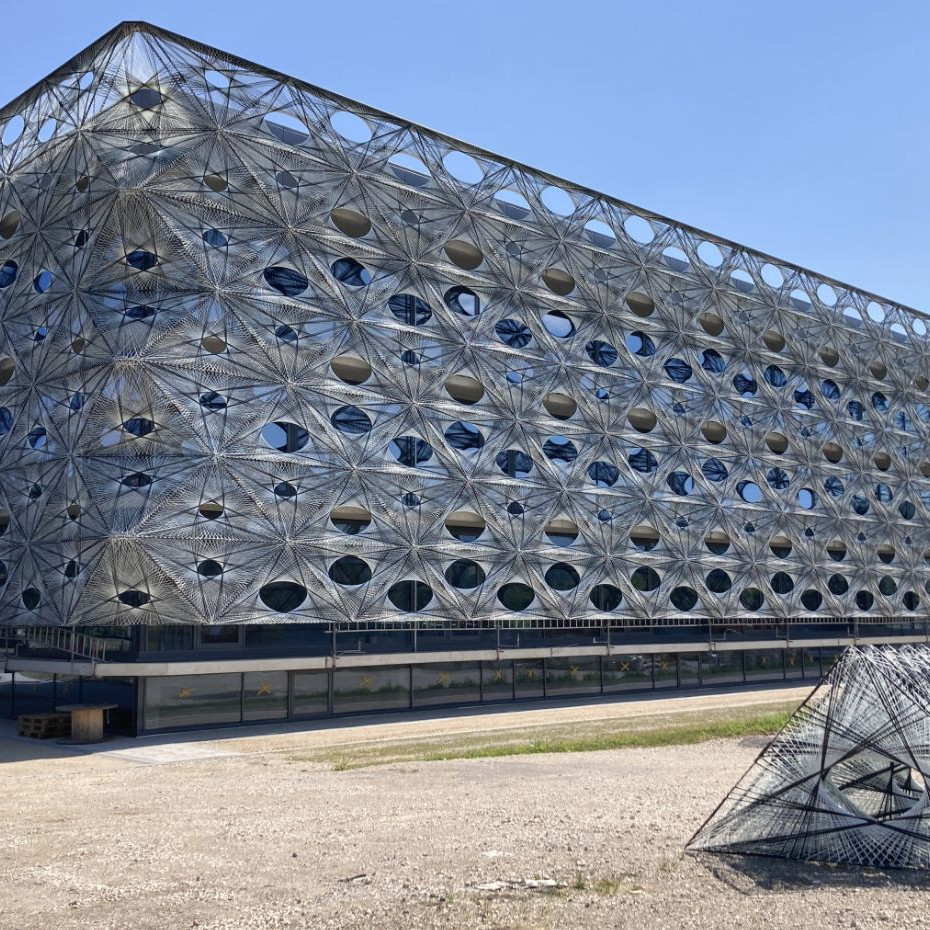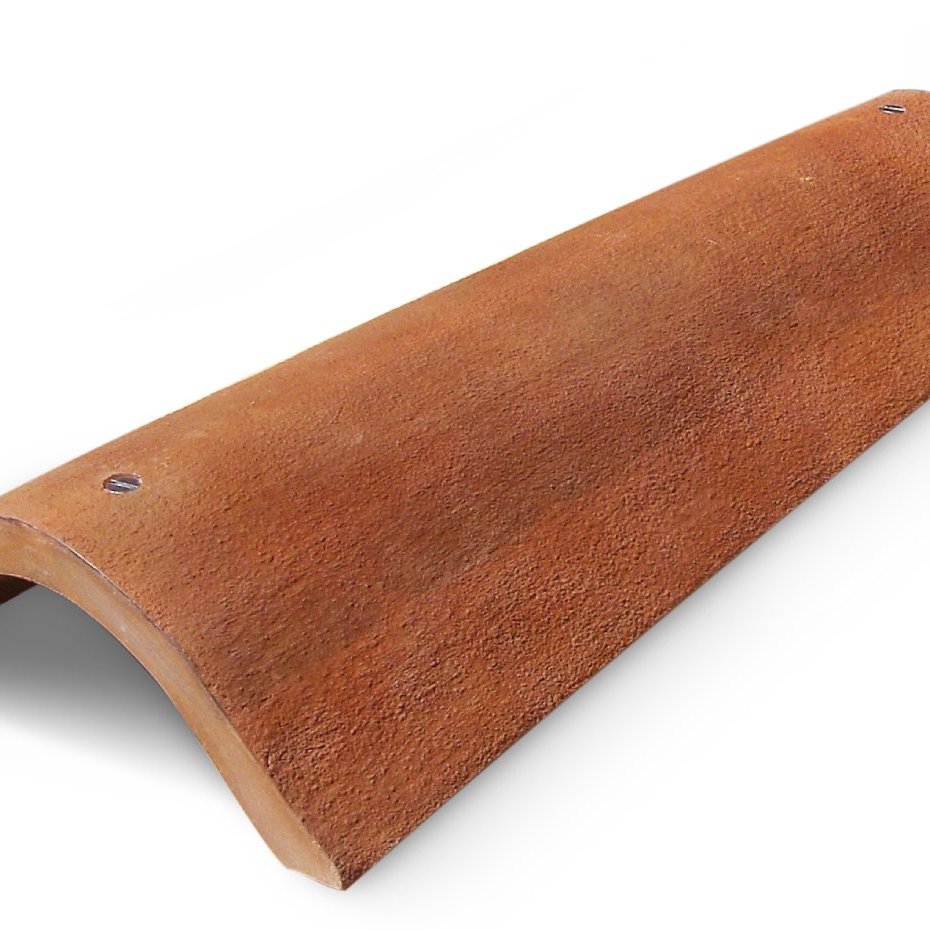Additive Manufacturing
The path toward individual production
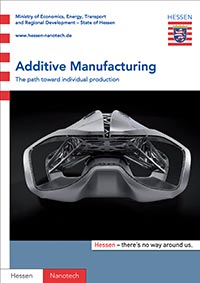
Publisher
Hessian Ministry for Economy, Transport and Regional Development
1. edition, 72 pages
January 2016
The development of additive manufacturing processes in the 1980s laid the groundwork for the fourth industrial revolution, or Industry 4.0. Whereas the first industrial revolution refers to the transfer of manual labour to mechanized processes powered by water and steam from the second half of the 18th century, the second industrial revolution saw the rise of mass production on electrically powered assembly lines. The third major developmental leap for industrial processes was based on the use of information technologies to automate production. The intelligent organization of decentralized production units by linking information and production technology in the Internet of Things will form the foundation for the fourth industrial revolution. Experts regard this development as a major opportunity for the German economy in the face of global competition.
In future, customers will likely be able to purchase a product via an Internet portal, access the component data, and modify, archive and monitor the status of a production order. The manufacturing process will be carried out via decentralized production units where it is most effective in terms of the customer’s location and the use of the manufacturing units’ capacities. Instead of the products themselves, only their production data will be sent around the globe. Furthermore, this data can be adapted to individual requirements even at advanced stages of the production process. These digital factories will no longer be located only in the Far East. Instead, there will be decentralized production units located in regional proximity, which will enable “single units off the line” at prices comparable with mass production.

Products, machines and transport boxes are connected with the web via microchips. The Internet of Things will enable the autonomous organization of intelligent production procedures, resulting in an increase in productivity of up to 50 per cent. In addition, saving raw material information in the product will enhance the recycling capabilities and enable closed material cycles. Experts forecast potential savings for energy and resources of 20 to 25 per cent over the middle term.
Additive manufacturing processes are expected to play a critical role in the context of the fourth industrial revolution. The generative nature of these technologies will completely revolutionize the previous paradigm of conventional technologies which are based on material removal. These include milling, drilling or turning. This will not only save resources and prevent production waste but will also enable product parts with complex geometries impossible to replicate using conventional methods such as casting processes.

In the brochure “Additive Manufacturing”, Dr. Sascha Peters explores the potential of additive production processes in the context of the Internet of Things. He indicates the fields of application for which additive manufacturing is already suitable today and which industries will benefit from additive processes in the future. Best practice applications from different industrial sectors are explained using examples of success from the state of Hesse. These include, for example:
- Additively produced vehicle concept EDAG Genesis (EDAG, Fulda)
- Printing inks for low-pore 3D printing (TU Darmstadt)
- 3D printing of cement-bonded molded parts (University of Kassel)
- 3D printed individual dentures and jawbones (Philipps University Marburg)
- Piezo actuators with SLM housing (Fraunhofer LBF, Darmstadt)
image: EDAG Genesis (source: EDAG)
image: Solar Sinter (source: Markus Kayser)
Ecoblaq molecular wood colours
23 March 2024
Ecoblaq is a molecule manipulation method, a natural chemical reaction, making…
Natural fiber reinforced car seat
22 October 2023
The focus of the project "Design for Recycling" is a seat shell that is made…
MotorSkins morphing textiles
19 April 2022
Berlin based start-up MotorSkins designs and produces textiles with embedded…
3D Pioneers Challenge 2022
15 December 2021
The 3D Pioneers Challenge 2022 adresses tech pioneers who pave the way for…
IGNIS – Light from waste heat energy
12 August 2020
The availability of affordable, independent and, above all, clean electrical…
Brake disc with reduced fine dust
21 April 2021
Fine dust endangers our health. One of the main sources is traffic, especially…
Texoversum
15 July 2023
With the "Texoversum", Reutlingen University has put into operation a training…
Invisible Terracotta Solar Rooftile
10 May 2023
The family-run business Dyaqua has developed a technology to integrate a…
Xarvio – Digital Farming
8 January 2021
BASF Digital Farming GmbH has received the renowned Crop Science Award for the…

